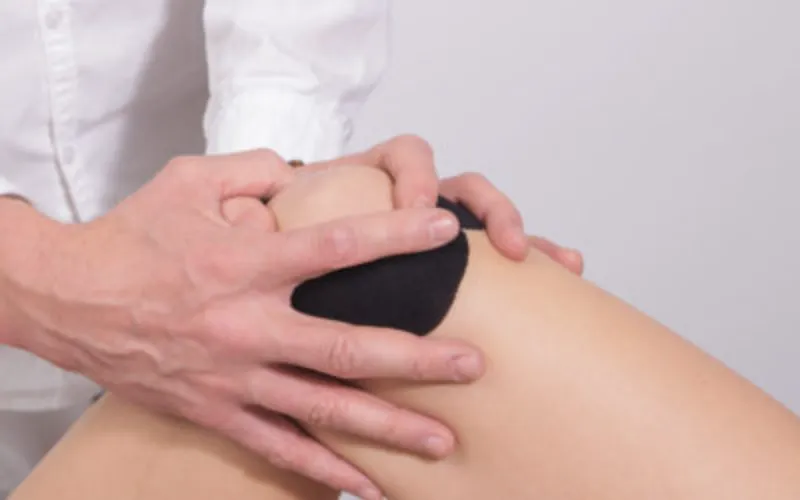If you have a diagnosis of knee osteoarthritis, what does this mean and what can you do to manage it and stay active?
Osteoarthritis is the wearing of the cartilage that lines the ends of bones and most commonly affects the hip and knee joints. Osteoarthritis mainly affects people over 50 years of age. The cartilage at the ends of bones helps the smooth action of the joint and provides shock absorbency for the joint.
Many people in the 50 plus age group have normal changes to their joints including the wearing of cartilage at bone ends. However not everyone who has wearing of their cartilage experiences pain. There are many people walking, running and exercising regularly who have worn cartilage in their knees with no pain.
The cartilage within the knee has no nerve or blood supply. The symptoms experienced from an osteoarthritis diagnosis are not the pain of the worn cartilage but the responses of the structures that surround the joint.
Not all knee pain is caused by osteoarthritis. Muscles ,tendons and ligaments can all cause pain if they are overloaded either through a trauma or by using them significantly more than usual. This overload may result from doing something different; perhaps doing DIY in the home, gardening or an increased amount of exercise perhaps after a break. So if we are older and experiencing knee pain it may not be from osteoarthritis.
One of the challenges with osteoarthritis is to keep moving the knee joints. For people with osteoarthritis movement is good. Some movements may be more painful than others and it can become a natural tendency to avoid those movements that cause the pain. This can mean avoiding walking or running.
The pain from these movements doesn’t mean that you are making the condition worse or that you are adding to the wearing of the cartilage. The problem with the avoidance of activity is that muscles can become weak and if the joint isn’t being used within its full range it can become stiff. This can lead to a gradual worsening cycle where the pain gets worse and the muscles become deconditioned.
It is very important to keep moving if you have a diagnosis of osteoarthritis of the knee. Whatever your fitness level there will be a right level and type of exercise to help your knees to be able to cope with normal daily activities. Exercises need to be gradually progressed over a period of 3-4 months to strengthen the muscles around the knee, which will help to stabilise the joint.
Over time and with the right level and type of exercises pain and stiffness can be managed to enable you to maintain an active life. You may need to modify the type of activity that you do for a few months while you strengthen the muscles around your knees and hips. If after a period of gradual strengthening and modified aggravating exercise e.g running downhill you may be able to gradually resume further walking or running.
You may need to continue with a modified approach to what you had previously been able to do however by maintaining the strength of the muscles in your knees and hips you should be able to continue with an active life. If your pain and stiffness has developed over time because you have reduced the amount of activity that you have been doing starting with easy range of movement exercises may be where you need to start your journey to continuing an active life.
Another alternative option for those with osteoarthritis only affecting one compartment of the knee joint is an unloader brace. These braces have been proven to reduce pain by increasing the joint space in the affected half of the knee joint allowing people to walk and run further with less pain. (for more information on Ossur unloader braces click here)
If you are experiencing knee pain-download our knee pain guide here or book a free 15 minute discovery session by clicking here.
